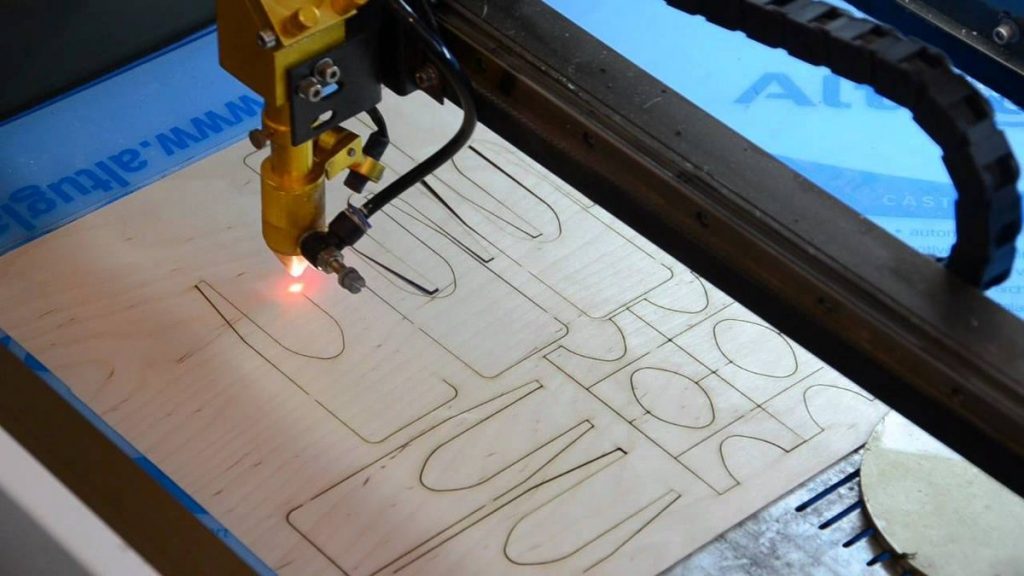
Laser cutters are tools used by companies who use this method to create products by using a laser beam and a diamond-tipped tool. This method cuts a variety of materials, from glass to stone to plastic or wood. This type of cutting produces a professional-looking result; however, it is also more expensive than other methods of laser cutting in Dubai, because of the use of a more powerful laser. Here are a few tips to help you get the most out of your purchase.
Consider the material you want to cut:
When buying a laser cutter, you want to consider the kind of material it cuts. For small features and intricate details, a fiber-optic cutter works well, as it melts the joint between two sheets of plastic or paper at very high temperatures. Laser cutters also work well for detailed, flat cuts, and they can be used to even out small edges, for example when creating signs and logos.
Consider customer support:
If you’re looking for a machine to do large sections, you should buy from a provider with great customer support. The ability to talk to someone live or on the phone is very important, especially if you’re buying one of the many consumer-grade laser cutters. Also, laser cutters vary in price, so be sure to choose a provider who offers good value for money. Some consumers prefer to have a provider that offers a small 3d printing service as well, so look for those options when choosing your machine.
Types of laser cutting:
Different machines work for different types of projects. It is a good idea to get some advice before buying one of these machines. There are three different types of laser cutting: fiber-optic, vascular, and solid-state. All of them have their advantages and disadvantages, but fiber-optic and vascular laser cutters tend to be the most practical for high-volume jobs. Solid-state machines can also be used to create all sorts of designs, but these tend to be used more for small jobs and not for engraving or other detailed work.
A lot of suppliers now use fiber-optic technology in their equipment. This means that you can expect your materials to be fed into the waterjet cutting device at incredibly high speeds. Because of this, fiber-optic machines are particularly suitable for cutting materials that are soft and have a low melting point, such as brass.